 W
WThe cryptic skink is a nationally vulnerable species of skink native to New Zealand.
 W
WThe arcane ctenotus is a species of skink found in Queensland and New South Wales in Australia.
 W
WEchis borkini is a species of venomous viper.
 W
WEchis hughesi is a species of venomous snake in the subfamily Viperinae of the family Viperidae. The species is endemic to Somalia. There are no subspecies which are currently recognized as being valid.
 W
WEchis khosatzkii is a species of venomous viper.
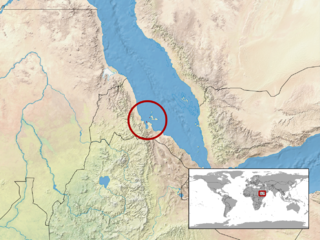 W
WEchis megalocephalus is a venomous viper species endemic to one island in the Red Sea off the coast of Eritrea. No subspecies are currently recognized.
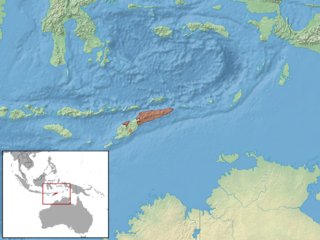 W
WEremiascincus timorensis is a species of skink found in Timor in Indonesia.
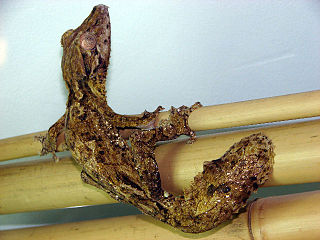 W
WHenkel's leaf-tailed gecko, also known commonly as Henkel's flat-tailed gecko or the frilled leaf-tail gecko, is a species of gecko, a lizard in the family Gekkonidae. The species is endemic to Madagascar.
 W
WThe wide-striped mulch slider is a species of skink found in South Australia.
 W
WLiolaemus pseudolemniscatus is a species of lizard in the family Iguanidae. It is endemic to Chile, with occurrence noted in the Chilean matorral.
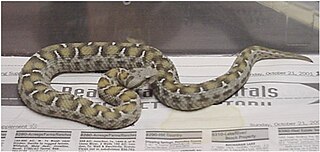 W
WMontivipera albizona, the central Turkish mountain viper, is a venomous viper species endemic to the mountainous regions of central Turkey. No subspecies are currently recognized.
 W
WThe Nicaraguan slider is a species of turtle in the family Emydidae. The species is endemic to Nicaragua and Costa Rica. Formerly it was considered a subspecies of Trachemys scripta, but was elevated to its own species level.
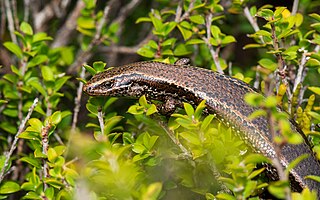 W
WThe southern skink is a species of skink in the family Scincidae. It is endemic to New Zealand.
 W
WThe common skink is a species of skink native to New Zealand. Although historically classified as a subspecies of Oligosoma nigriplantare, it is likely to be given separate species status as data suggests it is a distinct species.
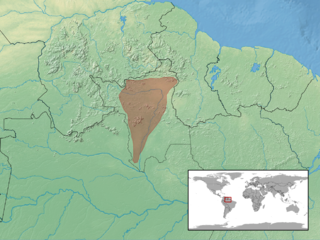 W
WCarvalho's mabuya is a species of skink found in Brazil and Venezuela.
 W
WProtobothrops mangshanensis, commonly known as the Mangshan pitviper, Mt. Mang pitviper, or Mang Mountain pitviper, is a venomous pit viper species endemic to Hunan and Guangdong provinces in China. No subspecies are currently recognized. This is a nocturnal pit viper that is also known as the ''Mangshan iron-head snake'', ''Chinese pit viper'', and the ''Ironhead viper''. They eat frogs, birds, insects, and small mammals. They have a white tail tip that they wiggle to mimic a grub so that prey comes into striking range - a behaviour known as caudal luring. The venom causes blood clotting and corrodes muscle tissue and can kill people. Unusually for vipers, P. mangshanensis is oviparous with the female laying clutches of 13 - 21 eggs which she will guard until they hatch.
 W
WSynophis calamitus is a species of snake in the family Colubridae. The species is endemic to northwestern South America.
 W
WUroplatus sameiti is a species of leaf-tailed gecko. Like all members of the genus Uroplatus, U. sameiti is endemic to Madagascar, and is found in primary and secondary forests on the island. It has the ability to change its skin colour to match its surroundings and possesses dermal flaps which break up its outline when at rest.
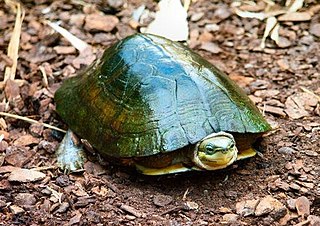 W
WZhou's box turtle is a species of turtle in the family Geoemydidae. Apparently endemic to China, it is only known from Chinese food market specimens to date, and from a relatively small number of individuals that are part of captive breeding programs in China, Germany, and the United States. In December 2018, the known captive population numbered about 140 individuals, including 80 hatched at the Münster Zoo. It may be found in the forests of southeastern Yunnan or western Guangxi, although it has never been recorded in the wild.